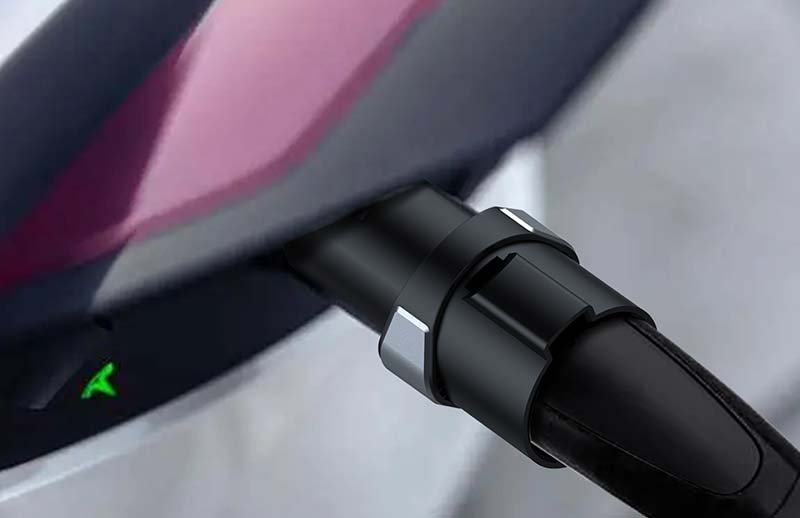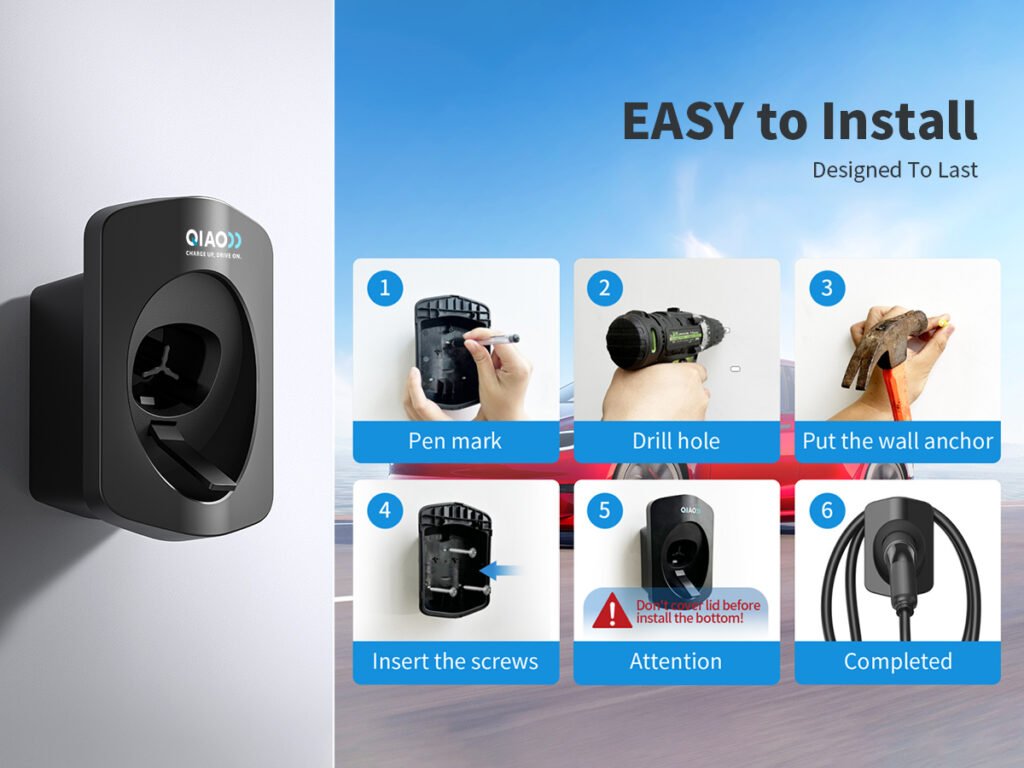Imagine you’re on a road trip, and a friend’s electric vehicle (EV) runs out of charge in the middle of nowhere. If you’re driving a Ford Lightning, you might wonder, “Can I use my truck to charge their EV?” The short answer is yes, with the right setup and understanding of your truck’s capabilities.
The Ford Lightning, equipped with the Pro Power Onboard system, can charge other EVs by using its built-in power outlets. This feature enables you to act as a mobile charging station, offering a practical solution for emergency or convenience charging.
Let’s dive deeper into how this works and what you need to consider.
How Does the Ford Lightning Charge Another EV?
The Ford Lightning’s Pro Power Onboard system provides up to 9.6 kW of power through its onboard outlets. This capability allows it to power tools, appliances, and yes, even charge another EV. Here’s how it works:
- Connect Using an Adapter: To charge another EV, you’ll need a compatible adapter that connects the Lightning’s outlets to the charging port of the other vehicle.
- Power Levels: The output will depend on the outlet used. For example:
- Standard 120V outlets provide Level 1 charging, adding 3-5 miles of range per hour.
- A 240V outlet (if available) offers Level 2 charging, adding 20-30 miles of range per hour.
- Limitations: While the Lightning can’t deliver the high-speed charging of a DC fast charger, it’s ideal for adding enough range to get to a nearby charging station.
[Image placeholder: A Ford Lightning connected to another EV via Pro Power Onboard.]
Benefits of Charging Another EV with a Ford Lightning
1. Emergency Assistance
If another EV is stranded with no charging options nearby, your Lightning can provide a lifeline. Even a small charge can make a big difference in getting to the next charging station.
2. Convenience in Remote Areas
When traveling off-grid or in areas with limited charging infrastructure, the Lightning’s ability to share power adds an extra layer of security and flexibility.
3. Versatility of Pro Power Onboard
The Pro Power Onboard system isn’t just for EVs. Its ability to power other devices makes it a valuable tool for camping trips, work sites, and emergency preparedness.
Things to Keep in Mind
1. Power Consumption
Charging another EV will draw from your Lightning’s battery, potentially reducing your own driving range. Be mindful of how much power you’re sharing, especially if you’re far from a charging station yourself.
2. Charging Speed
The Lightning’s charging speed for other EVs is slower than dedicated chargers. It’s best suited for emergency top-ups rather than full charges.
3. Adapter Compatibility
Ensure you have the right adapter or cable to connect the Lightning’s outlets to the other EV. Compatibility may vary depending on the other vehicle’s charging port.
[Image placeholder: A close-up of the Pro Power Onboard outlets on a Ford Lightning.]
How to Use the Pro Power Onboard for EV Charging
- Check Your Battery Level: Ensure your Lightning has enough charge to support both your trip and the EV you’re helping.
- Connect the Adapter: Plug the adapter into the Lightning’s outlet and the other EV’s charging port.
- Monitor the Process: Keep an eye on the power usage to avoid overdraining your Lightning’s battery.
- Unplug Safely: Once the other EV has enough charge, disconnect the cables and continue your journey.
Conclusion
The Ford Lightning’s ability to charge another EV is a testament to its versatility and innovation. While it’s not a replacement for dedicated charging stations, it’s a handy feature for emergencies and off-grid scenarios. With the right tools and precautions, your Lightning can become a lifesaver for fellow EV drivers in need.



